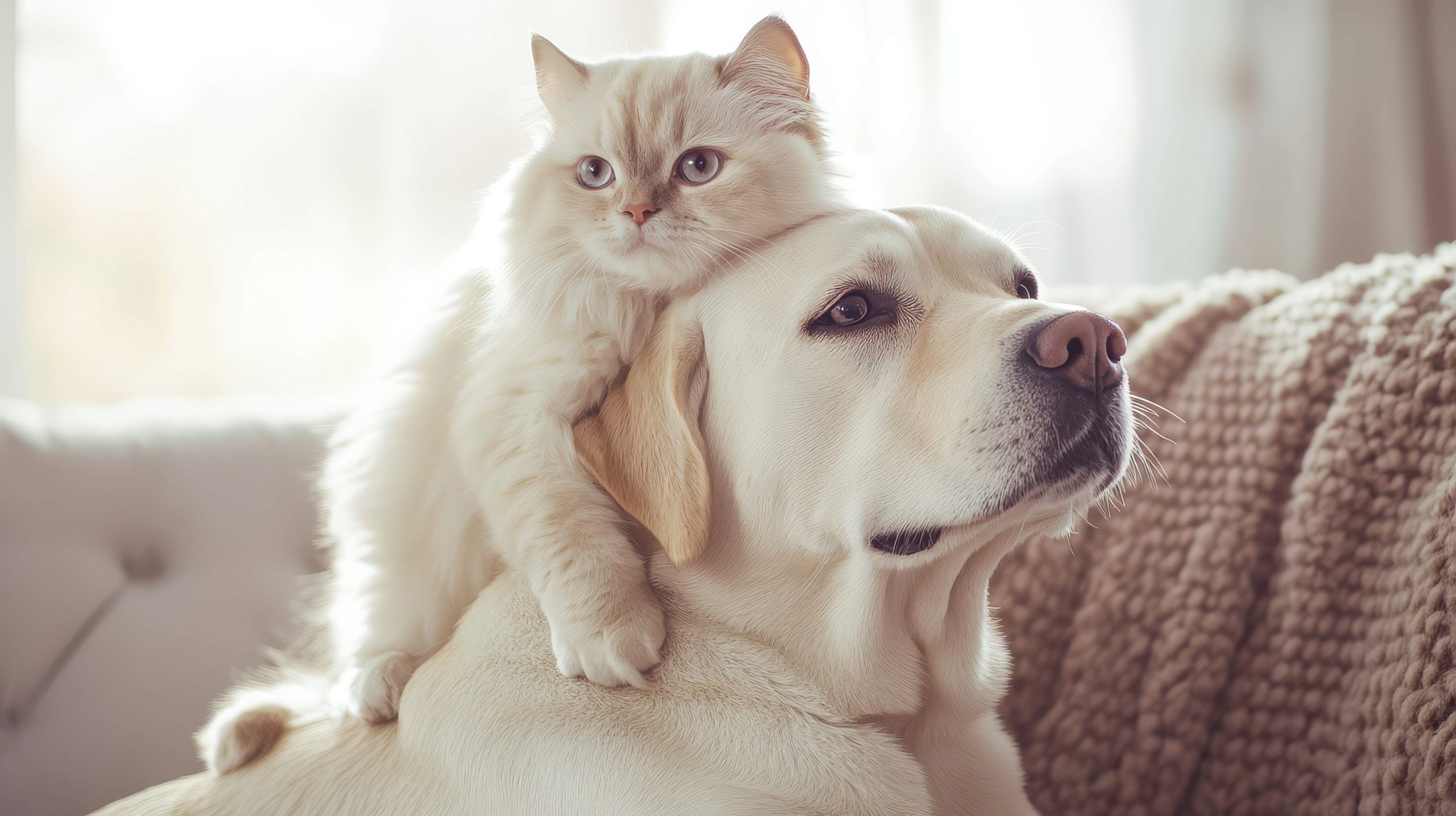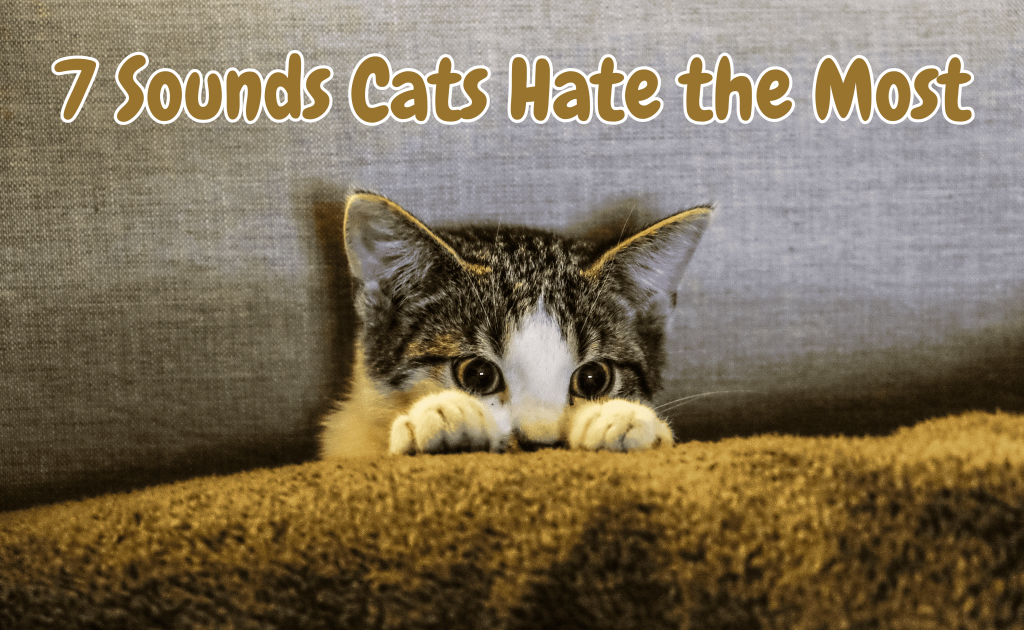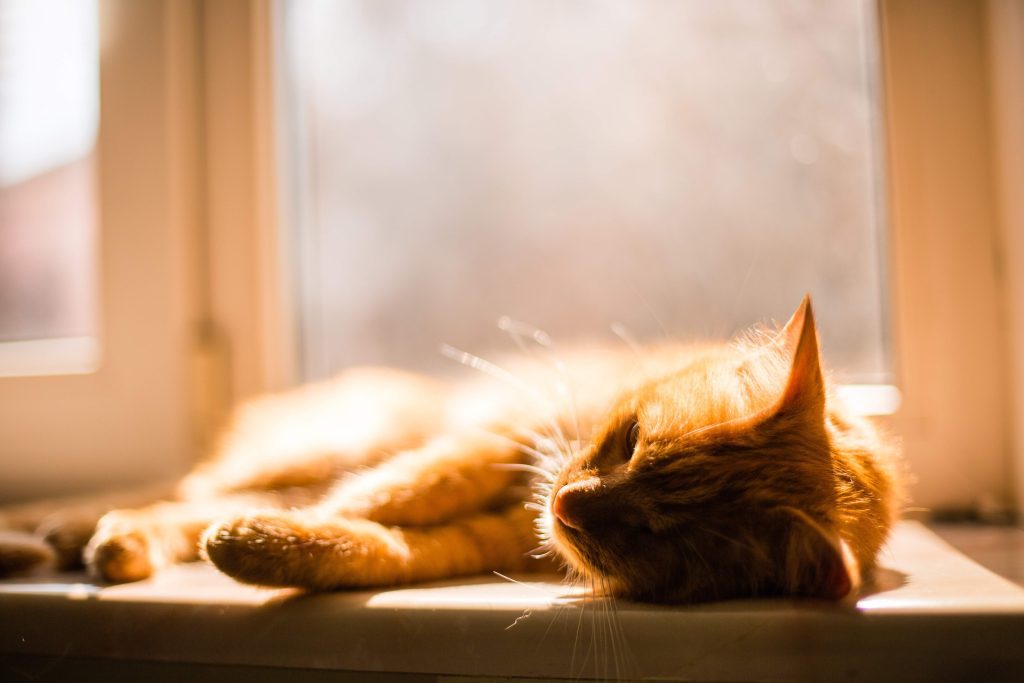You’ve probably heard the saying: “They fight like cats and dogs.” But is that really true, especially when one of those pets is a Ragdoll? In reality, Ragdoll cats and dogs living together peacefully isn’t just possible—I’ve seen it work beautifully time and again.
Ragdolls aren’t your average cat. Their relaxed, social personality surprises many new pet parents.
If you’re wondering, “Are Ragdoll cats good with dogs?” or “Will my pets ever get along?”—you’re in the right place.
In this guide, we’ll share real-world insights, expert advice, and step-by-step tips to help you introduce your Ragdoll to your pup and build a lasting bond. To see why Ragdolls often get along with dogs, let’s take a closer look at their personality.
Understanding Ragdoll Cat Temperament
Ragdoll cats break the mold of what most people expect from felines. Known for their easygoing, social, almost dog-like personalities, Ragdolls are often called “puppy-cats” because they follow their humans, greet them at the door, and even enjoy belly rubs.
Anyone who’s lived with a Ragdoll knows how they melt in your arms like warm dough—relaxed, never tense. Unlike many cats, they’re not territorial or overly reactive, which makes them ideal for multi-pet households.
Because Ragdolls are observant and calm, they’re usually comfortable around well-behaved dogs, especially with proper introductions. They may limp in your arms, but don’t mistake that for weakness—Ragdolls simply prefer peace.
Do Ragdoll Cats Get Along With Dogs?
Yes—Ragdoll cats often get along very well with dogs, especially when the right conditions are in place. They tend to be affectionate and social, usually enjoying the company of other pets, including canines.
Look for signs like relaxed body language, shared lounging spots, or your Ragdoll calmly observing the dog—these are green lights for compatibility.
Of course, no two pets are alike. With slow introductions, positive reinforcement, and a respectful dog, your Ragdoll can truly feel at home, even with a wagging tail nearby.
You Might Also Like
Key Factors That Make Ragdoll-Dog Relationships Work
Getting a Ragdoll and a dog to live in harmony takes more than luck—it takes the right steps. Several key factors shape the outcome. Here’s what really matters:
- Early Socialization: Cats (3–12 weeks) and dogs (3–16 weeks) are most open to forming bonds. Early exposure to other species during this window builds lifelong comfort.
- A dog’s temperament and training: A calm, obedient dog that responds to “leave it” and doesn’t chase is essential. High prey drive? Think twice.
- Your Ragdoll’s Personality: Rescue cats or shy Ragdolls may fear dogs due to past trauma. Give them vertical spaces—like a sturdy cat tree by a window—for confidence and control.
- Age & Energy Match: Don’t mix a hyper puppy with a senior cat. Balanced energy levels help avoid overwhelm for both.
- Create a Cat-Safe Haven: A thoughtfully designed home reduces stress. Use baby gates, tall cat trees, and separate feeding or litter areas to keep the peace.
- Breed & Size Considerations: Favor low-prey-drive dogs (like Goldens or Cavaliers). Big breeds can work—but only if they’re gentle.
- Owner Involvement: Your Role Matters Most. Supervise early meet-ups and guide behavior with calm, steady consistency.
The more intentional your setup and supervision, the smoother the transition. Once you’ve checked these boxes, it’s time to bring them together step by step.
How to Introduce a Ragdoll Cat to a Dog
Think of it less like a single event and more like teaching two new roommates to share a sofa. Here’s how to do it right:
- Prep the Space: Set up a dog-free room for your Ragdoll and use baby gates or high perches for safety.
- Start with Scent: Swap toys or blankets before they see each other. Let their noses “meet” first.
- Visual Intro: Use a barrier (like a gate) to let them observe without contact. Reward calm behavior only.
- Short Supervised Sessions: Keep your dog on a leash. Let the cat control the pace—no forcing!
- Gradual Freedom: When both pets stay relaxed, increase unsupervised time slowly. If something feels off, don’t rush—most good pairings take days, not hours.
A thoughtful introduction now sets the stage for a peaceful bond that lasts.
You Might Also Like
How to Fix Common Problems
Even with a gentle Ragdoll and a friendly dog, bumps in the road are normal—but solvable.
- Too much excitement? If your dog overwhelms your cat, redirect that energy with toys, structured walks, and impulse-control training.
- Chasing? Teach “leave it,” reward calm responses, and block sightlines if needed.
- Resource guarding? Feed pets separately and give your cat plenty of quiet alone time.
- Stress signs? If your Ragdoll hides or overgrooms, add a cat tree or window perch, and plug in a calming diffuser to help them decompress.
- Jealousy? Stick to a steady routine with equal affection and attention for both.
Best Dog Breeds for a Ragdoll Cat
When it comes to Ragdoll cat and dog compatibility, breed matters—a lot. Ragdolls do best with dogs that are gentle, calm, and low in prey drive.
Top matches include the Golden Retriever—I’ve seen plenty of mellow Goldens snoozing happily beside a floppy Ragdoll—plus the Cavalier King Charles Spaniel and Bichon Frise, all known for their affectionate, tolerant nature.
Labradors and Poodles also shine for their trainability and patience, while small, sweet-tempered breeds like the Papillon can balance a more playful Ragdoll—just watch for any small-dog sassiness.
It’s best to avoid high-prey-drive or overly energetic breeds like Huskies or Jack Russells.
Final Thoughts
Ragdolls are among the most dog-compatible cat breeds, but harmony isn’t automatic—it’s earned through preparation and patience.
Even the friendliest Ragdoll needs safe spaces, slow introductions, and a respectful dog. A thoughtful setup gives your pets the best chance at building trust and companionship.
Ask yourself: Is your dog calm around small animals? Do you have time for a few weeks of gradual meetings? If you answered yes, you’re already on the right track.
Remember: It’s not about luck—it’s about planning. When done right, your pets won’t just coexist—they’ll become trusted companions.
Know someone trying to blend cats and dogs under one roof? Share this guide with them—it might just save their sanity!
You Might Also Like

Hi, I’m Abir Ahamed—a writer, editor, and proud cat lover with a passion for feline welfare. I use my words to educate, inspire, and advocate for responsible pet care. Based in Bangladesh, I bring a unique perspective to Cats Question, hoping to help cat lovers make informed, compassionate choices.






